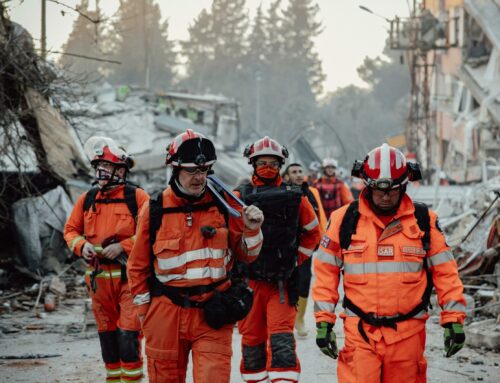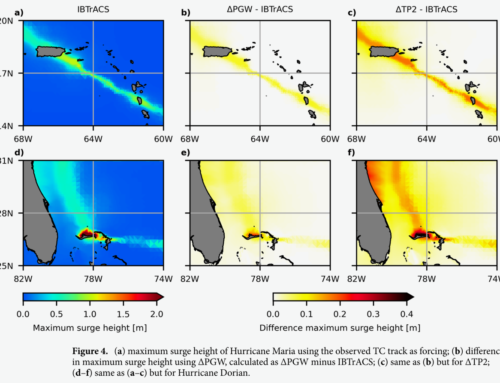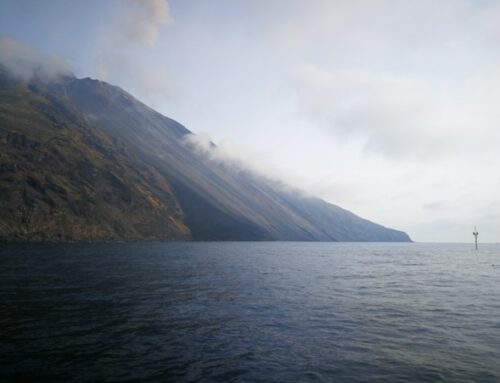Iuliana Armas, Bucharest University
The first stakeholders’ workshop in Romania starts the co-developing phase in the PARATUS project for the Bucharest Application Case Study, including the knowledge of stakeholders and practitioners.
The Horizon Project PARATUS aims to increase disaster resilience of European Communities by co-developing a web-based simulation and information user-centred service designed for first and second responders, and other stakeholders, to locally quantify systemic risks based on vulnerability and hazards assessments, addressing physical, socio-economic, and environmental aspects.
The first phase of this co-creative process in PARATUS is to work out Impact Chains of multi-hazard events together with the first responders in different case studies to determine what is relevant for those involved in interventions. Bucharest is one of the most endangered capitals in the world when it comes to seismic hazards, offering a compelling example on how the past shapes the attitudes towards the future.
Prof. van Westen, the coordinator of the large consortium, presented PARATUS key aspects and the role of lessons provided by past experiences in understanding dynamic processes for better predictions. The case study areas are particularly important for developing and testing these user-centred services. Prof. Armas from the Bucharest University, the coordinator of the Romanian team, presented the components and relations that form the Impact Chain as a visual model of the hazards-vulnerability interactions which threaten human communities. Over 900 years of historical earthquakes that shook Bucharest, causing significant damages, become starting points for understanding the pattern of future seismic risks of an urban environment which is also affected by climate change. The second part of the event agenda was built on focus groups with the stakeholders involved in disaster response: the Prefecture (Service for Government Strategies and Public Concentration Services), Bucharest City Hall, Ministry of Development (Operative Centre for Emergency Situations), Ministry of National Defence/ National Military Command Centre/ General Directorate for Emergency Situations (Operative Centre for Emergency Situations), Department of Emergency Situations, Police, Gendarmerie.
These stakeholders worked together aiming to share common knowledge and raise awareness regarding the consequences of major earthquakes striking in Bucharest. They successfully
found a common language to develop possible Impact Chains to feed the PARATUS platform.
The lessons learned from the intervention of the Romanian search & rescue team after the earthquake in Turkey aided in the assessment of the consequences of a major earthquake projected in an Impact Chain.
A one-hour guided tour in the centre of Bucharest helped participants understand the local vulnerabilities and the potential consequences of an earthquake. Representative landmarks which were affected during the 1940 and 1977 Vrancea earthquakes were visited and put into context making use of past images.
The first stakeholders’ workshop in Romania was a success in bringing people and institutions closer together to work for a safer future.






